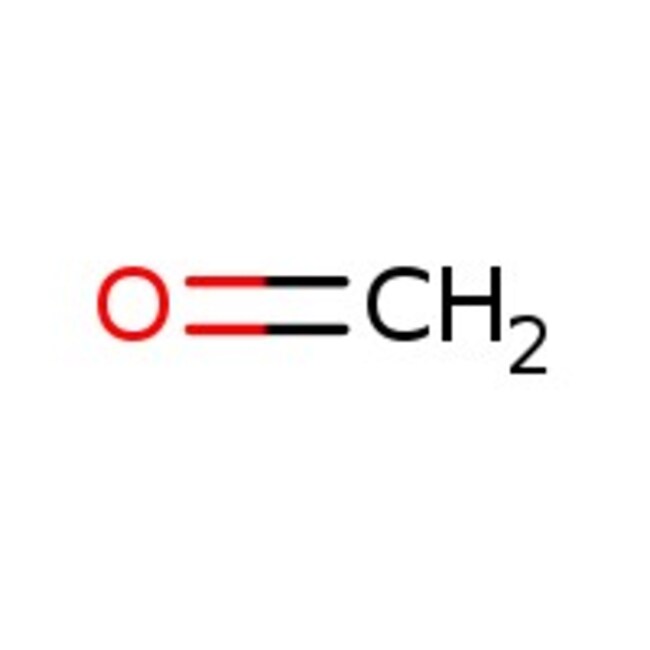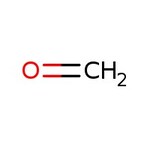Search Thermo Fisher Scientific
Formaldehyd, 37 % in wässr. Lsg., ACS, 36.5-38.0 %, stab. mit 10-15 % Methanol



Formaldehyd, 37 % in wässr. Lsg., ACS, 36.5-38.0 %, stab. mit 10-15 % Methanol
Chemikalien-Kennzeichnungen
Spezifikationen
Beschreibung
Dieses Markenprodukt von Thermo Scientific Chemicals war ursprünglich Teil des Produktportfolios von Alfa Aesar. Einige Dokumente und Etiketteninformationen enthalten möglicherweise Angaben zur bisherigen Marke. Die ursprüngliche Produkt- oder Artikelnummer bei Alfa Aesar oder die SKU-Referenz wurde im Rahmen des Übergangs der Marke zu Thermo Scientific Chemicals nicht geändert.
Abbildungen
Dokumente und Downloads
Zertifikate
Häufig gestellte Fragen (FAQ)
Zitierungen und Referenzen
Sicherheit und Handhabung
Classification of the substance or mixture
CLP classification - Regulation(EC) No 1272/2008
Label Elements
Signal Word
Danger
Hazard Statements
H301 + H311 + H331 - Toxic if swallowed, in contact with skin or if inhaled
H314 - Causes severe skin burns and eye damage
H317 - May cause an allergic skin reaction
H335 - May cause respiratory irritation
H341 - Suspected of causing genetic defects
H350 - May cause cancer
H370 - Causes damage to organs
EU Specific Hazard Statements
Combustible liquid
Precautionary Statements
P280 - Wear protective gloves/protective clothing/eye protection/face protection
P301 + P330 + P331 - IF SWALLOWED: Rinse mouth. Do NOT induce vomiting
P303 + P361 + P353 - IF ON SKIN (or hair): Take off immediately all contaminated clothing. Rinse skin with water or shower
P304 + P340 - IF INHALED: Remove person to fresh air and keep comfortable for breathing
P305 + P351 + P338 - IF IN EYES: Rinse cautiously with water for several minutes. Remove contact lenses, if present and easy to do. Continue rinsing
P310 - Immediately call a POISON CENTER or doctor/physician
Additional EU labelling
Restricted to professional users